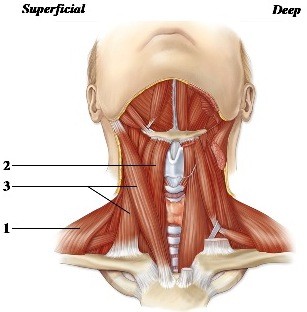Which medical imaging technique relies on the absorption of high-energy radiation and reveals dense tissues, such as bone and teeth?
A. Radiography
B. Sonography
C. Positron emission tomography (PET) scan
D. Computed tomography (CT) scan
E. Magnetic resonance imaging (MRI)
Answer: A
You might also like to view...
Provides support and levers for muscles to work on.
A) Skeletal B) Nervous C) Integumentary D) Muscular
Regarding the oxygen-hemoglobin dissociation curve which of the following is true
a. the greater the PO2 of the blood, the greater the dissociation of O2 from hemoglobin b. at normal resting systemic arterial PO2, hemoglobin is almost 100% saturated with oxygen c. at normal resting systematic venous PO2, only about 75% of the hemoglobin is in the form of deoxyhemoglobin d. more addtional oxygen binds to hemoglobin when going from a PO2 of 60 to 100 mmhg, than is added when going from a PO2 of 40 to 60 mmhg e. as PO2 increases, the saturation of hemoglobin with oxygen increases linearly.
Which of the following is not associated with the large absorptive surface of the small intestine?0-2013
A. Villi B. Rugae C. Circular folds (plicae circulares) D. Microvilli E. Intestinal length
 This figure shows the muscles of the anterior neck. What muscle does number 2 indicate?
This figure shows the muscles of the anterior neck. What muscle does number 2 indicate?
A. Sternohyoid B. Trapezius C. Sternocleidomastoid D. Sternothyroid E. Geniohyoid